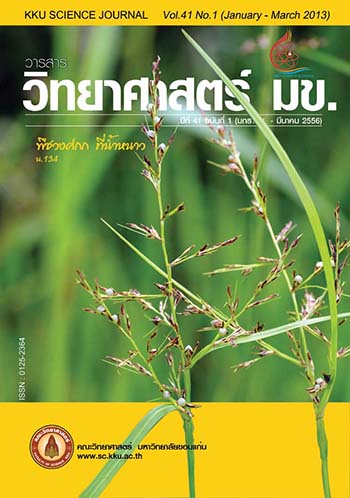Mathematical Methods for Schrödinger Equation and the WKB Approximation Method
Main Article Content
Abstract
The Schrödinger equation is a fundamental equation in physics for describing quantum mechanical behavior. It is a partial differential equation that shows how a wave function of a physical system evolves over time. In addition, it is associated with the kinetic energy and the potential energy, both of which contribute towards the total energy. This paper explains mathematical aspect of the Schrödinger equation. The concept of the WKB approximation has also been reviewed, which is an important method in finding the approximate solutions for the wave function. In addition, the paper also shows how to derive the transmission and reflection probabilities in relation to a one-dimensional quantum problem, called a “tunneling problem”, which occurs when a classical particle passes through a region where total energy is less than its potential energy. The WKB approximation can be used as a basis for formally writing down the exact solutions. Furthermore, it gives a high accuracy for the propagation of waves with high frequency or short wavelength.
Article Details

This work is licensed under a Creative Commons Attribution-NonCommercial-NoDerivatives 4.0 International License.


